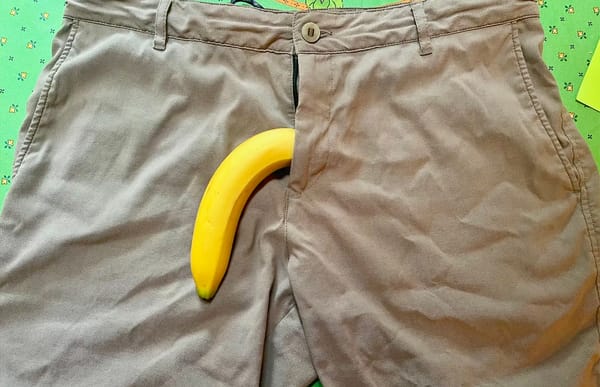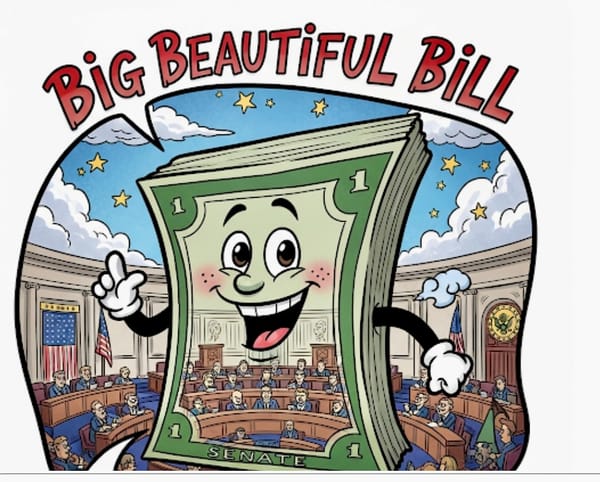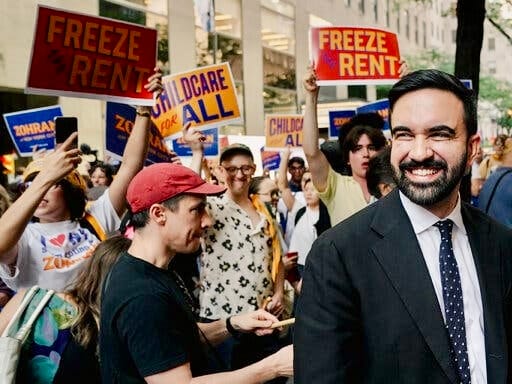Memory: The black Red Tails were America’s best
In conjunction with Juneteenth, I reprise a column that ran in the Philadelphia Daily News in May 2008. It was my privilege to interview two outstanding American heroes.
FLYING TOO FAST and too low to avoid it, Capt. Luther Smith throttled his P-51 Mustang fighter with the red-painted tail right through the fireball exploding before his eyes.
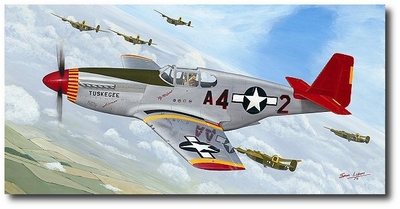
On the other side of the orange and black hell, Smith clawed for altitude, knowing his Mustang's wings were badly damaged by the concussion - and his wingman radioed that Smith was leaking fuel.
The wingman was wrong.
Smith checked his fuel gauge and thought he could make it back to his base in Italy from his strafing run over Hungary in October 1944.
He was wrong, too.
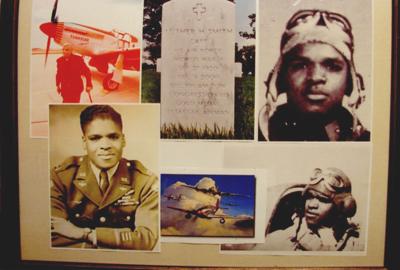
It wasn't a fuel leak - it was coolant, and the P-51's 1,695-horsepower Merlin engine froze up, forcing Smith to bail out over Yugoslavia, on a memorable date: Friday the 13th, on what was supposed to be his 50th and final bomber-escort mission. (He had racked up 83 earlier missions patrolling over the Italian coast.)
His right hip broken, Smith was captured by German soldiers, taken to a small hospital and held as a POW until the war ended seven months later. To his surprise, he was treated well. Unlike some white Americans, the Germans respected his rank.
Now 87, Smith flew with the 332nd Fighter Group, which decades later became known as the Tuskegee Airmen. America's first African-American military aviators, they compiled an enviable record of courage, discipline and intelligence - qualities the military, and many others, thought blacks were lacking.
The Tuskegee Airmen loved their country more than it loved them.
Smith spent this Memorial Day holiday in a Devon rehab hospital, recovering from surgery on the leg damaged in combat. The injury kept him from becoming a pilot after the war - the injury, and racism.
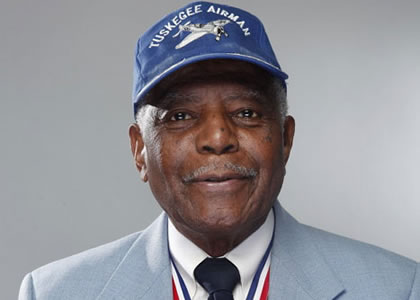
Smith lives in Villanova, not too far from Philadelphian Eugene Richardson Jr., who trained as a pilot but never flew in combat because the war ended before he could get there.
As we fly into the new century, only a few remain of one of World War II's least-known outfits, one that blew up racial myths along with ammo dumps.
At war's start, the military barred blacks from "skill jobs," such as aviators. Under pressure, the Pentagon reluctantly agreed to let Alabama's Tuskegee Institute train African-American pilots using standards as high as the men's ambitions: There was a 65 percent washout rate, with the result that the men who graduated were the cream of the cream.
The 332nd's 200 bomber escort missions all over Europe were carried out without the loss of a single bomber to enemy aircraft, says Smith, repeating the Red Tails legend.
Bomber crews were happy when they saw P-51 Mustangs with the 332nd's red-painted tails rising to escort them, knowing that those pilots in their beloved Mustangs would cover them like melted butter on corn.
"It was the turning point in our history," says Smith. "For the first time, black people and white people were called on to do something together without regard to color."
It was, however, just a beginning. When peace came, neither Smith nor Richardson could fulfill their dreams to be aviators. Despite the 332nd's stellar record, African-Americans were not wanted.
After discharge, Richardson went to Temple and graduated in 1952 with a degree in marketing. He wanted to be an assistant buyer at Lit Brothers, where he had worked part-time in the stockroom while in college, "but they weren't hiring black people for those positions," he told me, matter-of-factly.
Did it make him angry?
"Well, you grew up knowing there's racism and segregation and discrimination, so this is just another one of those things," he said, with a small shrug.
After selling cemetery lots for a while, he took a shot at substitute-teaching in math and science - and liked it. He went back to college, got accredited and became a Philadelphia school teacher, retiring in 1991 as the principal of a middle school.
Richardson, 82, did not let himself be defeated by the small minds and prejudices of others. Although he was blown off course, he chose a new one and succeeded. America started changing her unequal ways too late for him, but in time for his son, Eugene III, who is now a captain for American Airlines.
Smith's tale was similar. After service, he returned to school, and earned an engineering degree at the University of Iowa, but couldn't find a job.
"We had fought a war for freedom in Europe, but we didn't find any at home," he says. At least not until President Harry S Truman, who had earlier desegregated the military, ordered that defense contractors be equal-opportunity employers.
Smith left Iowa for a job as an aerospace engineer at General Electric, at 32nd and Chestnut, where he spent 37 years. "My objective was to be respected, to see opportunities for black people who were properly trained," Smith says. His son, Gordon, is a vice president at JPMorgan Chase.
The son of one Tuskegee Airman a high-flying pilot, another flying high on Wall Street. That's enormous change in a single generation.
"It all began," says Smith, with a sweet smile, "with what we did in the skies over Europe in 1944, in the Mustang."

